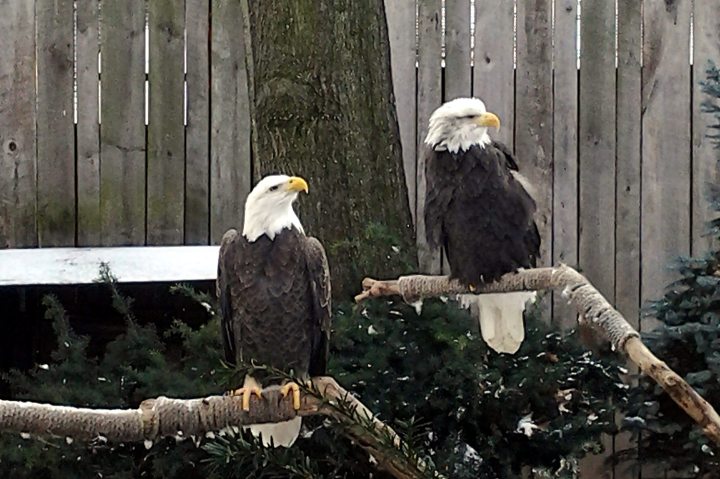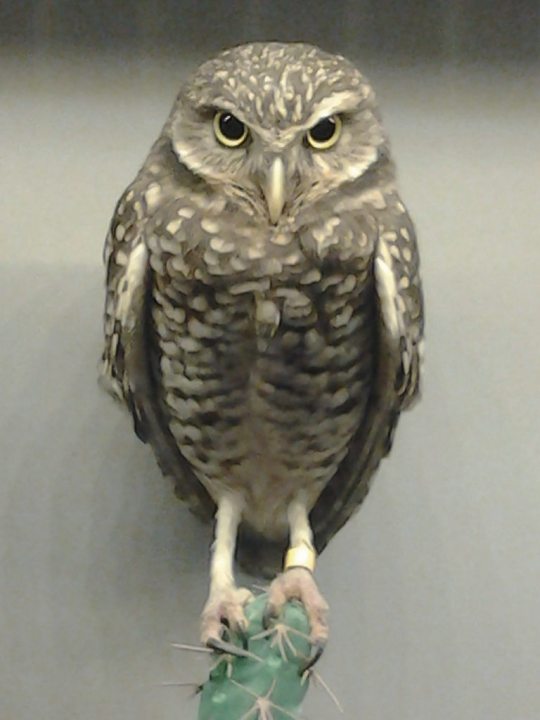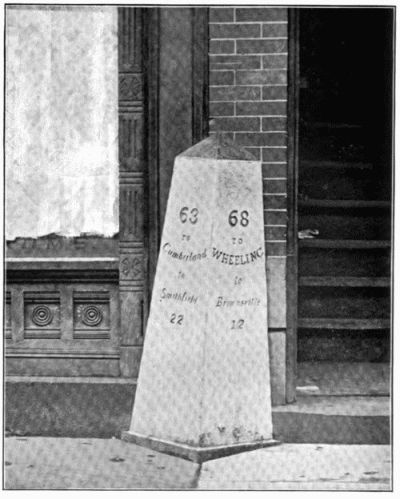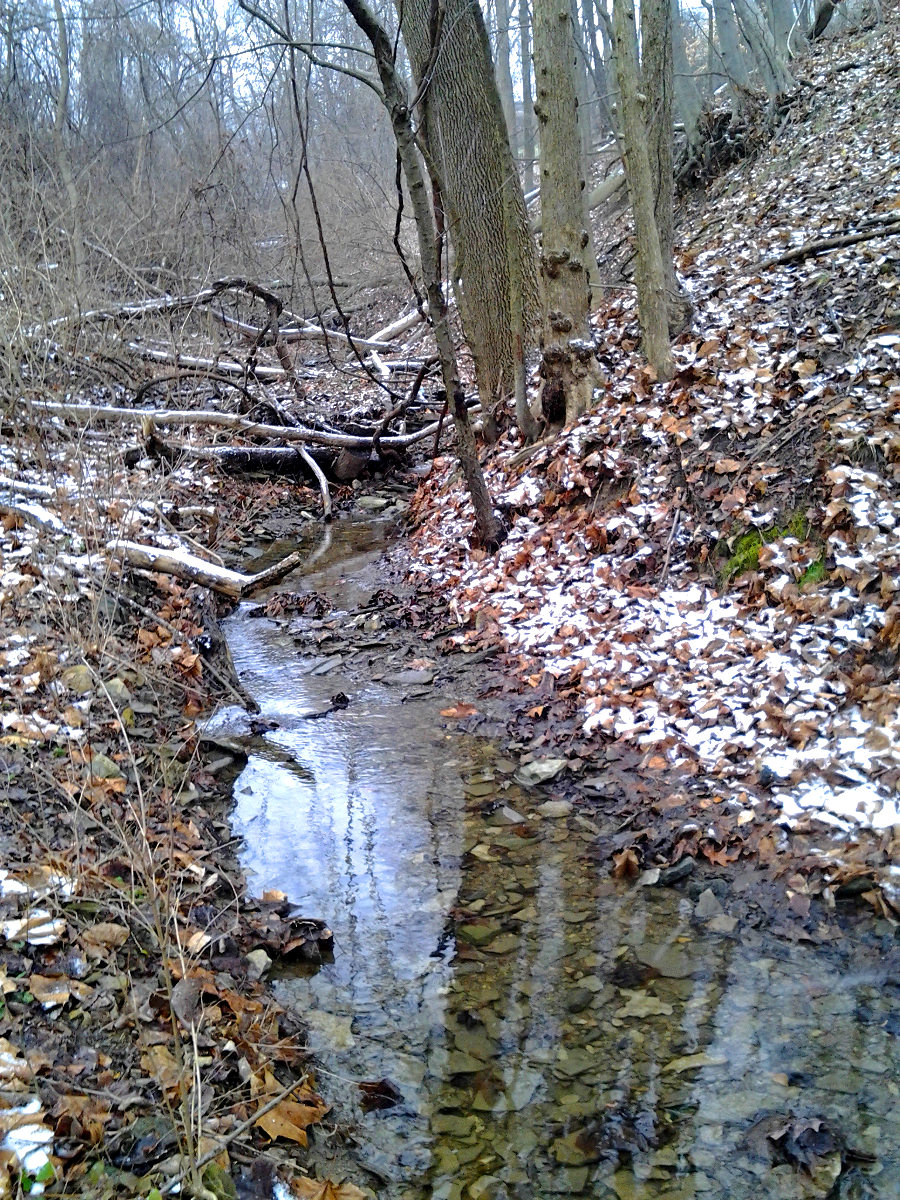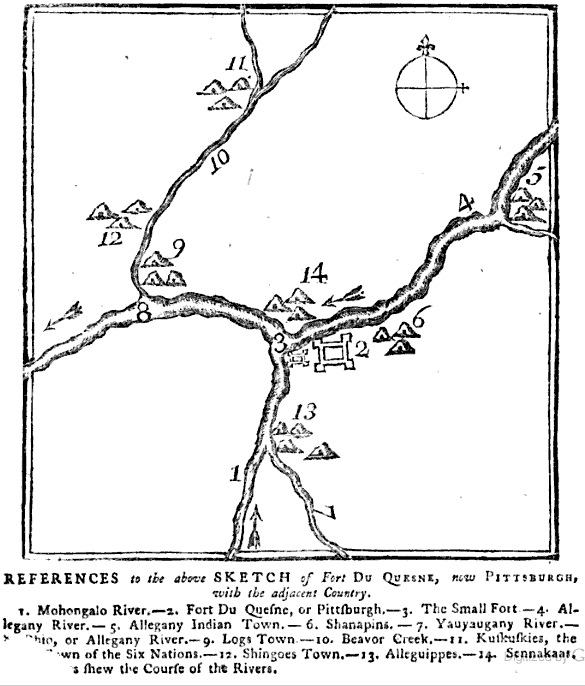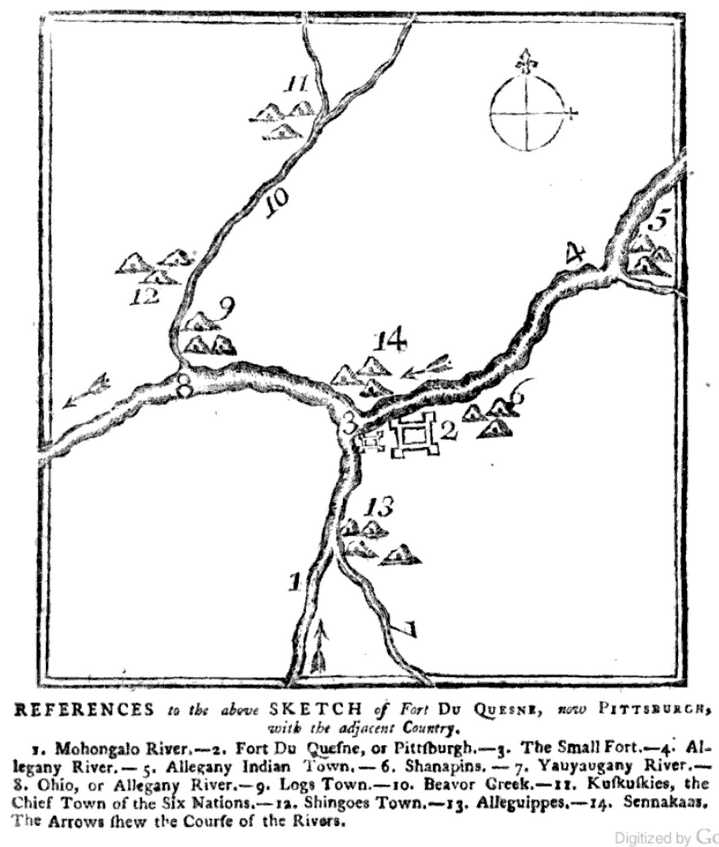Pittsburgh was already a thriving small city nearly two hundred years ago, as we can see from a directory to the city published in 1819. A few of the advertisements from the back of the book give us a good picture of the commercial landscape of the place.

Taverns were common, of course, and what traveler would not be reassured by the name of this one?

We are almost certainly meant to read this as “Spread Eagle Tavern.” Rebuses were common in advertisements throughout the first half of the nineteenth century. Note the address, by the way. There were no address numbers in the Pittsburgh of 1819; advertisers had to give explicit directions relative to notable landmarks.

We have forgotten in our days of central heating how important a good bellows used to be.

As Pittsburgh grew more prosperous, homeowners kept up with the latest fashions. One popular fashion was to have mural wallpapers installed in the largest rooms of the house, and Pittsburgh was apparently not only a consumer but also a supplier of such decorations.”Third street,” by the way, is what we now call “Third Avenue.” Our numbered “avenues” were called “streets” in those simpler days; the numbered “streets” on our current map had individual names in 1819.

Of course, the reason Pittsburgh existed in the first place was because the site controlled the access to the West by way of the Ohio River, and much of the business here catered to travelers embarking for the new countries to the west. Grocers like Mr. Cotter kept everything you would need to stock your boat for a long trip.



